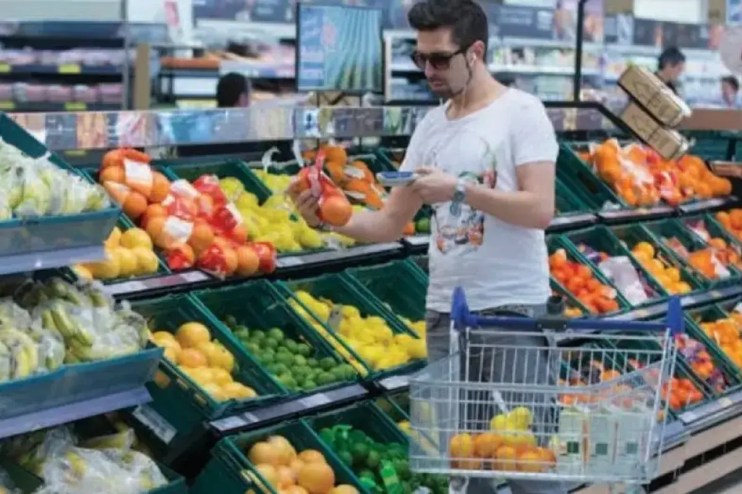Grocery inflation stabilises, but Brits still concerned about shopping costs

Grocery inflation has returned to its downward trend but nearly two thirds of Brits remain worried about the rising cost of their shopping, according to fresh data.
Annual grocery price inflation in the four weeks to 1 September fell to 1.7 per cent, down from 1.8 per cent in the previous four-week period, according to the latest data from Kantar.
Fraser McKevitt, head of retail and consumer insight at Kantar, said: “Despite grocery price inflation easing back to 1.7 per cent over the last four weeks, shoppers’ financial confidence hasn’t risen with it.
“Memories of the last two years remain strong… [grocery prices] is their second biggest financial worry, only behind home energy bills.”
Despite lingering cost worries, take-home sales at the grocers rose by three per cent to £33.5m, compared with £32.6m one year ago.
Demand was particularly strong for lunchbox products like cereal, fruit bars and chocolate biscuits, Kantar found.
Grocers are taking note of shoppers’ focus on cost savings, though. The proportion of sales on promotion increased year-on-year for the sixteenth month in a row in August, with more than half of all grocery baskets including some kind of deal, Kantar said.
The new data will likely help inform the Bank of England on whether it should cut or hold interest rates at its upcoming meetings.
While most economists expect the Bank Rate to be left on hold at 5 per cent at this month’s meeting, the chances of a November rate cut look increasingly likely.
How did the key grocers fare?
The data from Kantar also posted figures on how the UK’s leading supermarkets are currently fairing.
Ocado was the fastest growing grocer for the seventh consecutive month. It delivered its quickest growth since May 2021, with sales up by 12.9 per cent, and far outpaced wider market growth of 4.4 per cent.
Asda’s share of the market continued to drop, however, with sales down by 5.6 per cent year on year. Its share of the market fell to 12.6 per cent in the 12 weeks to 1 September, down from 13.8 per cent.
Lidl’s sales meanwhile were 9.1 per cent higher than a year ago, with footfall in August boosted by digital vouchers for bakery items.
Tesco took 27.8 per cent of sales, an increase of 0.6 percentage poitns from last year and its highest stake since January 2022.
Sainsbury’s market share rose to 15.2 per cent from 14.8 per cent, while sales increased by 5.7 per cent.
Sales at Waitrose increased by four per cent, while sales at Iceland grew by 4.4 per cent.
